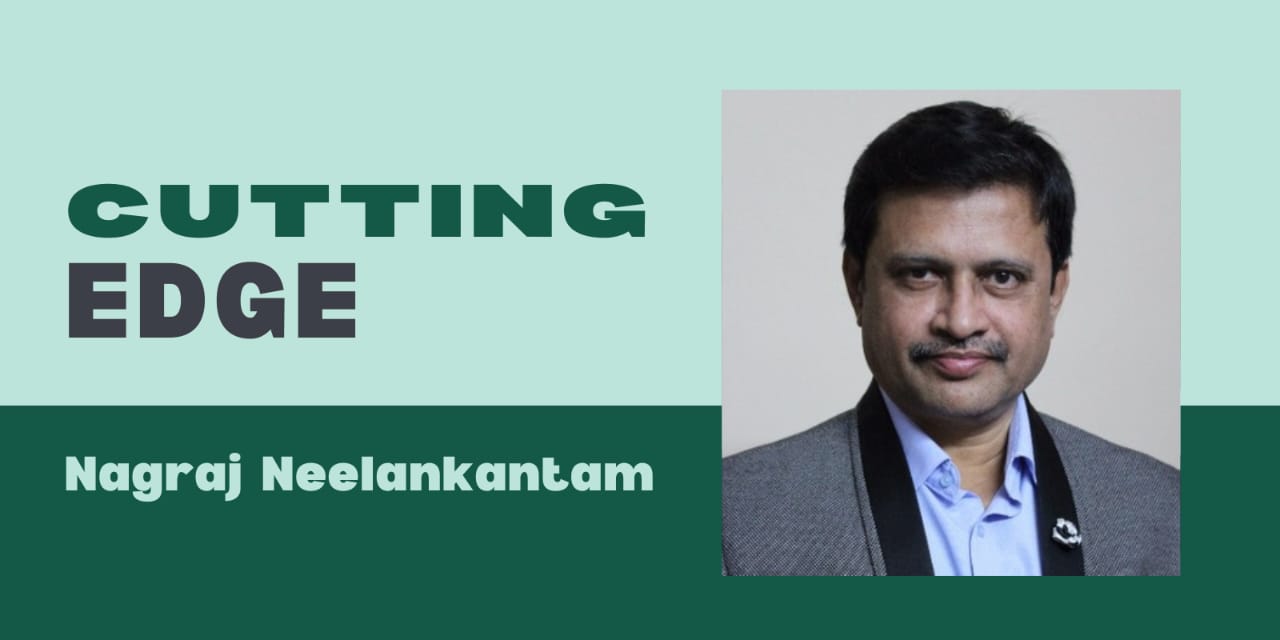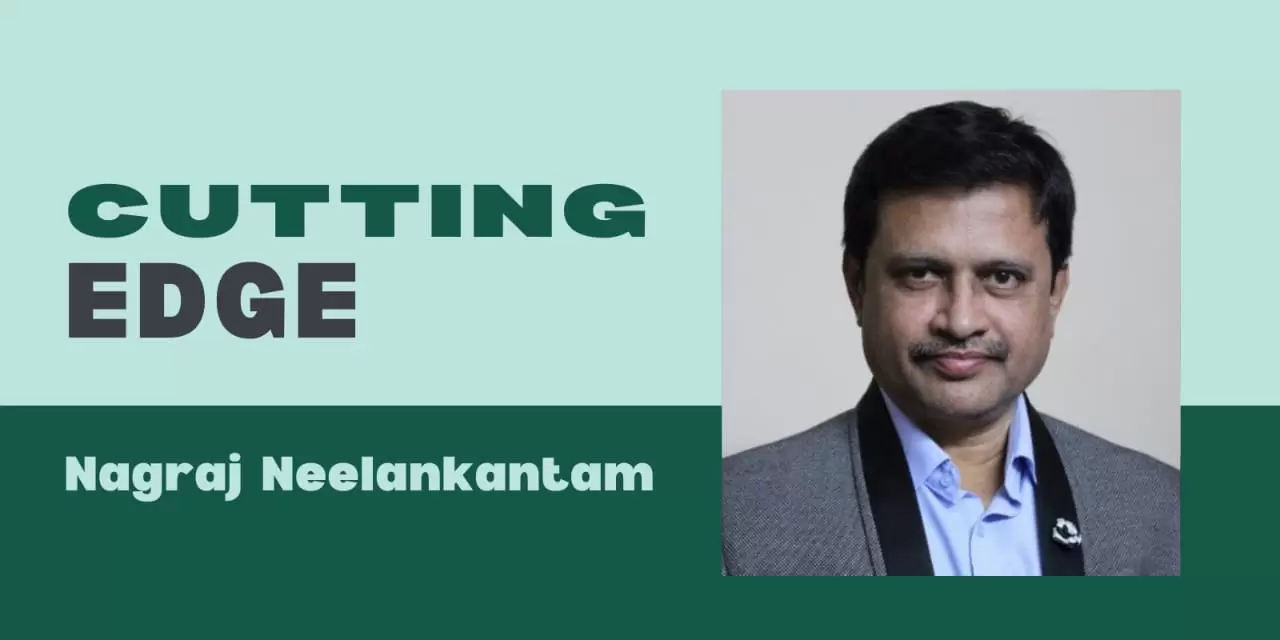In the intricate web of global defense dynamics, India’s recent strides in quantum technology have not merely made headlines—they have triggered a strategic tremor across NATO corridors. What was once a quietly nurtured indigenous research pursuit has now become a symbol of India’s growing technological self-reliance and diplomatic maturity. The news of France placing a $300 million order for India’s quantum solutions has sparked both admiration and introspection across the Western world—signalling a shift in how emerging powers are redefining technological sovereignty.
The partnership marks far more than a trade deal; it represents a philosophical alignment between two democracies seeking technological independence in an increasingly polarised global order. France’s decision, in particular, reflects a renewed confidence in India’s ability to lead not merely as a participant, but as a creator of next-generation defense technologies.
At the heart of this geopolitical pivot lies India’s breakthrough in quantum sensing—a frontier science capable of perceiving the imperceptible. Quantum sensors, especially magnetometers, are being fine-tuned to detect even the faintest underwater disturbances—from the drift of marine life to the stealthy glide of submarines. This innovation, expected to be operational within the next two to three years, is poised to revolutionize naval surveillance and anti-submarine warfare.
Unlike conventional sensors constrained by acoustic or radar limitations, quantum sensors function at atomic precision, detecting even the slightest changes in magnetic fields. This level of sensitivity—reportedly beyond NATO’s current capabilities—suggests a future where Indian-made quantum systems could safeguard naval fleets with unmatched accuracy, making oceans less opaque and far more predictable.
France’s $300 million investment stands as a rare and significant endorsement from a long-standing ally. It is not merely a procurement decision but a strategic declaration—acknowledging India’s growing stature in the global defense technology matrix. Historically, France has maintained a steadfast partnership with India, often resisting external pressures, including those from the United States, to prioritise India’s strategic interests.

By choosing Indian quantum systems, France signals a confidence that transcends conventional procurement logic. It recognises India’s ability to deliver cutting-edge solutions—not as derivatives of Western models, but as innovations rooted in its own scientific ecosystem. The decision also underscores France’s willingness to diversify beyond traditional NATO suppliers—hinting at an emerging multipolar framework where defense collaboration is guided more by merit than bloc allegiance.
NATO’s response to India’s quantum rise has been one of cautious admiration. As India edges closer to operationalising its technologies, alliances long defined by Western dominance are subtly recalibrating. The implications stretch well beyond defense; they reshape the very language of deterrence and power.
Meanwhile, Russia continues its exploration of quantum gravity and plasmonic sensors, while Finland’s inclusion in NATO’s Quest Project underlines Europe’s determination to close the gap. Yet India’s quiet efficiency—achieving tangible results without grand proclamations—has positioned it as the dark horse in the global quantum race.
This development has also given rise to a new kind of diplomacy—quantum diplomacy—where technological mastery becomes a tool of international influence. India’s approach blends indigenous innovation with an ethos of peaceful progress, deeply aligned with the Sanatani ideal of Vasudhaiva Kutumbakam—“the world is one family.”
The France–India relationship has long demonstrated rare resilience. Whether during crises or in matters of strategic procurement, France has often stood by India as a dependable ally. This $300 million quantum order deepens that bond, reinforcing a partnership built on respect, reliability, and shared foresight.
In a world where alliances often shift with geopolitical winds, this collaboration stands out as one built not on opportunism but on conviction. It reminds us that India’s rise is not merely a national journey—it is part of a global movement towards balance, where emerging nations reclaim their rightful place in shaping the technological destiny of humankind.
India’s quantum breakthroughs are more than feats of engineering—they are manifestations of a larger national awakening. The convergence of ancient Indian wisdom, scientific curiosity, and a disciplined research ecosystem has birthed a movement that fuses philosophy with innovation.
This quantum leap marks a new era where India’s defense and technology sectors no longer follow but lead. The reverberations are being felt from NATO headquarters to Indo-Pacific naval bases, as policymakers reconsider traditional hierarchies of power and trust.
As India continues to weave its quantum narrative, it does so not as a challenger, but as a contributor to global stability—rooted in its civilisational ethos of balance, respect, and shared progress.
The $300 million French order is more than an economic transaction—it is a statement of faith in India’s future. It signals that technological leadership is no longer the West’s monopoly but is being redefined by nations that combine ancient insight with modern innovation.
India’s quantum revolution is a story of perseverance, vision, and silent transformation. As global powers take notice, it becomes increasingly clear that the next great frontier in defense may not be written in the laboratories of Washington or Brussels—but in the quietly resolute research centres of Bengaluru and Hyderabad.





